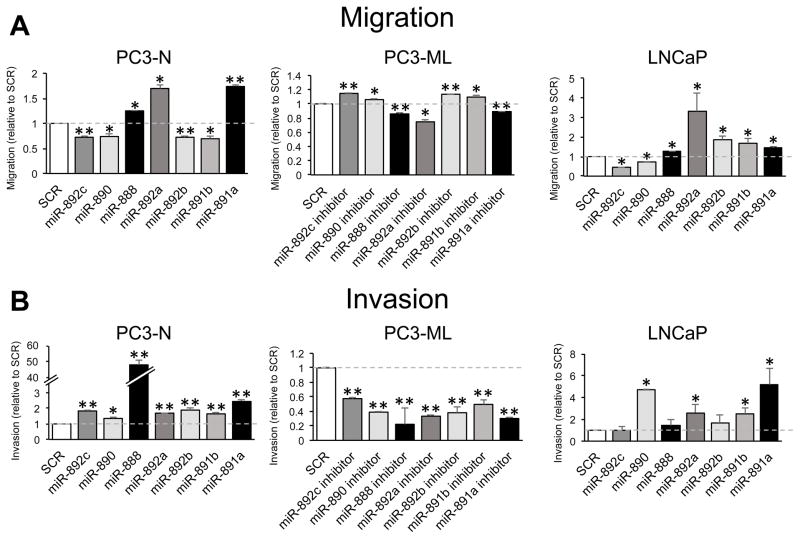Figure 3. miR-888 cluster members regulated prostate cell migration and invasion.
Human prostate cancer cells were individually transfected with miRNA mimics (50 nM, PC3-N & LNCaP) or miRNA inhibitors (25 nM, PC3-ML) to modulate miR-888 cluster member expression. Boyden chamber assays measured the ability of transfected cells to (A) migrate across a 0.8 μM polycarbonate insert or (B) invade through a Matrigel matrix before crossing a polycarbonate insert and towards a chemoattractant (10% FBS) for 24 h. A, Overexpression of miR-888, miR-892a or miR-891a increased migration, and miR-892c, miR-890, miR-892b or miR-891b treatment decreased migration relative to SCR mimic control treatment (left panel). Reciprocal effects were noted in aggressive PC3-ML cells transfected with miRNA inhibitors blocking miR-888 cluster activity (middle panel). Unlike PC3-N cells, miR-892b and miR-891b overexpression increased migration in LNCaP cells (right panel). B, Individual miR-888 cluster member overexpression promoted PC3-N invasion, and conversely inhibiting their activity in metastatic PC3-ML cells repressed this phenotype relative to SCR controls. In LNCaP cells, miR-890, miR-892a, miR-891b or miR-891a overexpression increased invasive behavior.

